Goal Setting Tips For Success
 At LIV Fitness in Dublin, CA, new members get a session with personal trainers. A trainer will help you create a program to reach your goals, whether it’s weight loss, more endurance or any other fitness goal. Setting goals help keep you on track. They provide a measurement of your success and let you know when you’ve made progress. It provides the direction so trainers can create a program to help you reach that destination quickest. Here are some goal setting tips for success.
At LIV Fitness in Dublin, CA, new members get a session with personal trainers. A trainer will help you create a program to reach your goals, whether it’s weight loss, more endurance or any other fitness goal. Setting goals help keep you on track. They provide a measurement of your success and let you know when you’ve made progress. It provides the direction so trainers can create a program to help you reach that destination quickest. Here are some goal setting tips for success.
Use the SMART technique.
SMART is an acronym for Specific, Measurable, Attainable, Relative and Time-Bound. The first step to creating any goal is to have a goal that’s specific and measurable, such as “I will to lose 15 pounds,” not vague like, “I want to be thinner.” It should matter to you, meaning it should be relevant. It should be time-bound and attainable, If you wanted to lose those 15 pounds in two months, it’s both attainable and time-bound. SMART goals give you a specific direction, motivation and a way to identify when you’ve reached your goal.
Big goals are exciting, but small goals are motivating.
If you’re completely out of shape, running ten miles is probably out of the question, but it does sound exciting. Running a block isn’t nearly as exciting, but it’s something you can achieve quickly to keep you motivated. You need both. Start with a big goal and break it down to smaller, more easily achieved ones. You’ll have build your confidence and motivation by achieving a smaller goal and moving to the next smaller one and experience the excitement of going forward toward your larger goal.
Remember you can change your goals or create new ones building on them.
Sometimes, goals need to be changed. Either you outgrew your original goal, have moved in a new direction or accomplished those original goals. Maybe you set a goal for your workout and accomplished it the first two weeks, do you simply quit there? No, you regroup and set a new goal that’s harder. You can change goals as you grow and change. If your goal was to walk 30 minutes a day, but you became so fit, it’s not a challenge, add a new goal, such as walking 20 minutes a day and running ten minutes, alternating between the two. Always keep your goals relevant and motivating.
- Make sure your goal is something you can control. You can’t make yourself a foot taller, make your feet smaller or have a Barbie doll figure—which would be 39″-18″-33″ if she were human. Keep your goals realistic and something you can control.
- Enjoy reaching your goal. Working out in the gym helps you achieve your goals faster, but not all exercise has to be in the gym. You can do other things you enjoy that are active. Ride a bike, go swimming or hula hoop with the kids. If you hate running, don’t run!
- Take your goal to a new level. You need both an exercise program and healthy eating to be your best. Embrace a healthier way of eating. We can help with our meal plans that are right on your phone. Each meal also has a shopping list.
- Be kind to yourself. If you don’t reach your goal, give yourself another chance and never quit trying. You only fail when you quit completely. We can help you reach your goal with our personal training program.
For more information, contact us today at LIV Fitness

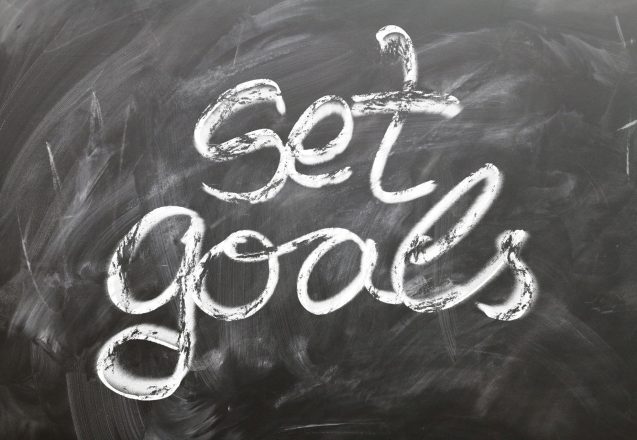

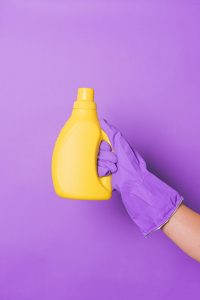 Even though we make it easier, by staying open 24/7, clients at LIV Fitness in Dublin, CA, can’t always make come to the gym to workout, and when that happens, they workout at home. While cardio training and flexibility training are easier to achieve, such as doing stretches or running, strength training is far more difficult, because most people rely on weights. You don’t have to change your workout schedule or eliminate strength training entirely when you’re at home. You can use household items you have available to accomplish the task.
Even though we make it easier, by staying open 24/7, clients at LIV Fitness in Dublin, CA, can’t always make come to the gym to workout, and when that happens, they workout at home. While cardio training and flexibility training are easier to achieve, such as doing stretches or running, strength training is far more difficult, because most people rely on weights. You don’t have to change your workout schedule or eliminate strength training entirely when you’re at home. You can use household items you have available to accomplish the task.
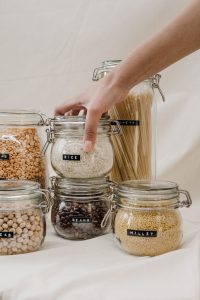 You may go shopping every week and have plenty of fresh fruits and vegetables in the refrigerator, but what if you can’t get out to shop or have friends stop over unexpected the day before you shop? Having a stock of staples that keep longer in the refrigerator or cupboard can help be a life saver if you want to make healthy meals and don’t have time for a grocery run. Here are a few healthy options that store well.
You may go shopping every week and have plenty of fresh fruits and vegetables in the refrigerator, but what if you can’t get out to shop or have friends stop over unexpected the day before you shop? Having a stock of staples that keep longer in the refrigerator or cupboard can help be a life saver if you want to make healthy meals and don’t have time for a grocery run. Here are a few healthy options that store well.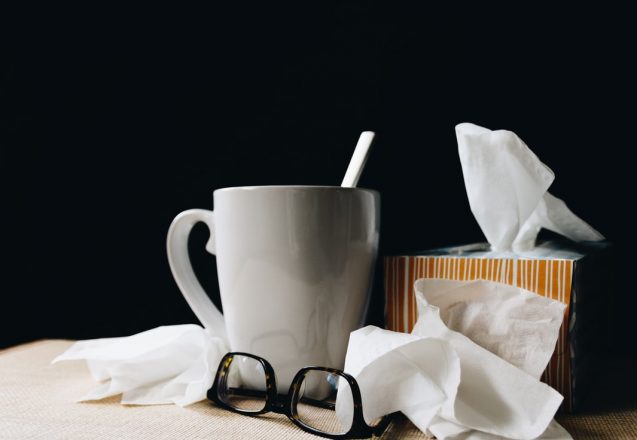
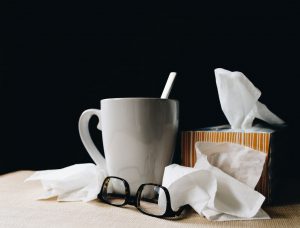 Healthy foods can provide so much benefit for your body. It can help you lose weight, fight off chronic disease, reduce inflammation and pain, help build muscle tissue and create a healthy immune system. It just makes sense that in addition to working out, you focus on eating healthy. The first step is always to eliminate unhealthy food, such as foods high in added sugar or highly processed foods, like snack food or processed meats.
Healthy foods can provide so much benefit for your body. It can help you lose weight, fight off chronic disease, reduce inflammation and pain, help build muscle tissue and create a healthy immune system. It just makes sense that in addition to working out, you focus on eating healthy. The first step is always to eliminate unhealthy food, such as foods high in added sugar or highly processed foods, like snack food or processed meats.
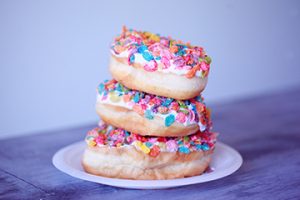 Cutting out sugar is important if you want to be your healthiest. Occasionally, you may want a sweet treat beyond fresh fruit, which is the best way to get sugar. Which ones should you choose? Are some sugars worse than others? Sugar is in everything we eat today. In fact, it’s estimated that people consume 152 pounds of sugar each year. We eat one and a half times more sugar in a week than Americans at in a year 200 years ago, when two pounds was the typical consumption per year.
Cutting out sugar is important if you want to be your healthiest. Occasionally, you may want a sweet treat beyond fresh fruit, which is the best way to get sugar. Which ones should you choose? Are some sugars worse than others? Sugar is in everything we eat today. In fact, it’s estimated that people consume 152 pounds of sugar each year. We eat one and a half times more sugar in a week than Americans at in a year 200 years ago, when two pounds was the typical consumption per year.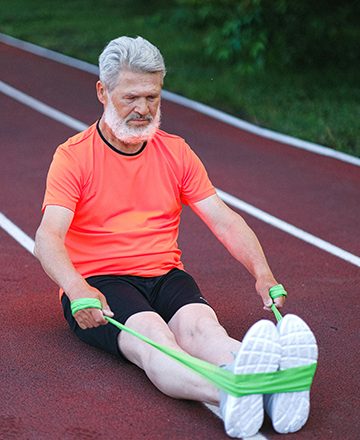
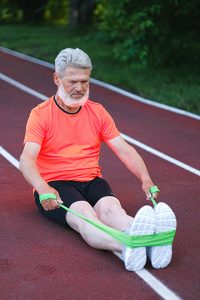 If you’re over the age of 45 you know it gets harder to lose weight as you age. Seniors clients at Liv Fitness in Dublin, CA know they have to work a little harder to achieve their goals. That doesn’t mean it’s impossible, just a little harder. One reason losing weight is more difficult is that metabolism slows as you age. Sarcopenia—loss of muscle mass—occurs after the age of 30 at the rate of approximately 3 to 5% per year if you’re sedentary. That can affect your metabolism.
If you’re over the age of 45 you know it gets harder to lose weight as you age. Seniors clients at Liv Fitness in Dublin, CA know they have to work a little harder to achieve their goals. That doesn’t mean it’s impossible, just a little harder. One reason losing weight is more difficult is that metabolism slows as you age. Sarcopenia—loss of muscle mass—occurs after the age of 30 at the rate of approximately 3 to 5% per year if you’re sedentary. That can affect your metabolism.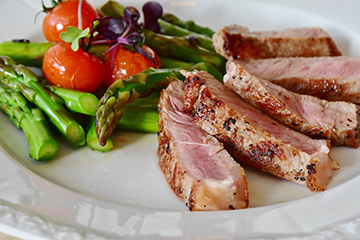
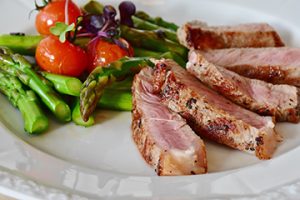 You do need to eat protein with every meal if you want to build muscles, lose weight or balance your hormones. Studies also show that for most people, eating more than 30 grams at one time provides no additional benefit for muscle development and the excess isn’t beneficial for most, except athletes. Considering a 3-ounce serving of salmon is about 25 grams of protein, 3-ounces of beef is approximately 29 grams of protein and a cup of cottage cheese is approximately 28 grams of protein, you can see how easily consuming more than 30 grams at one meal can be.
You do need to eat protein with every meal if you want to build muscles, lose weight or balance your hormones. Studies also show that for most people, eating more than 30 grams at one time provides no additional benefit for muscle development and the excess isn’t beneficial for most, except athletes. Considering a 3-ounce serving of salmon is about 25 grams of protein, 3-ounces of beef is approximately 29 grams of protein and a cup of cottage cheese is approximately 28 grams of protein, you can see how easily consuming more than 30 grams at one meal can be.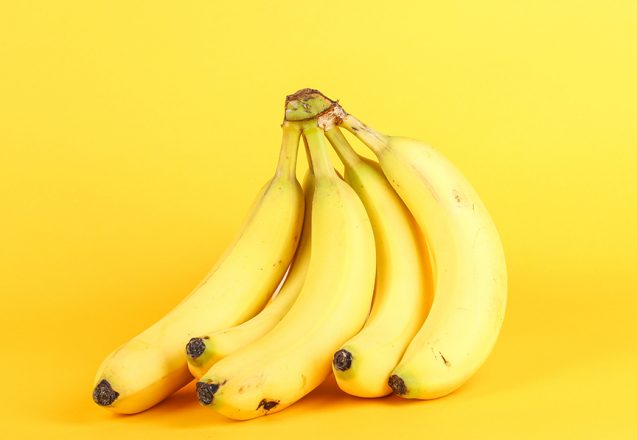
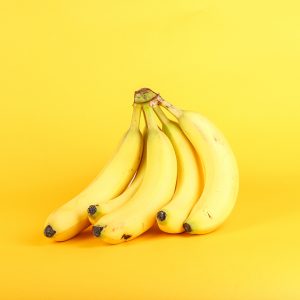 Do you need a boost a few hours after lunch? Are you dragging through your workout, unable to get through those final sets? Everyone needs a little pick-me-up at some time or another. Many opt for sugary treats, which only boost your energy for a short time. There are healthier foods for energy that will keep you going at peak performance longer and some drinks that may surprise you. Focus on more than just your snack. The food you eat at meals also plays a big role throughout the day. You need all the essential nutrients to function your best.
Do you need a boost a few hours after lunch? Are you dragging through your workout, unable to get through those final sets? Everyone needs a little pick-me-up at some time or another. Many opt for sugary treats, which only boost your energy for a short time. There are healthier foods for energy that will keep you going at peak performance longer and some drinks that may surprise you. Focus on more than just your snack. The food you eat at meals also plays a big role throughout the day. You need all the essential nutrients to function your best.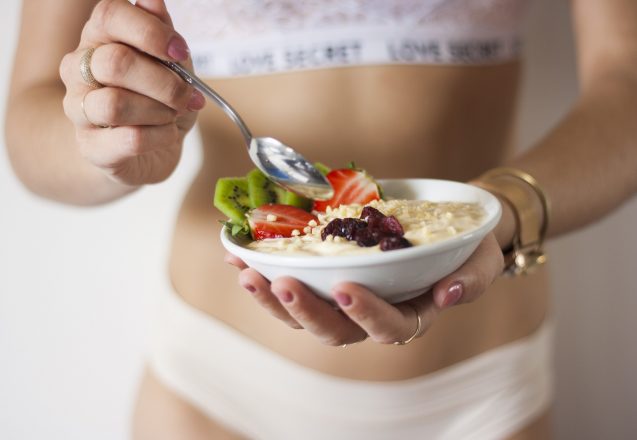
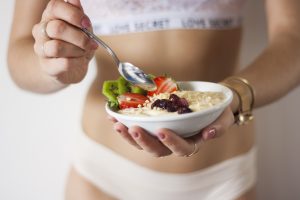 If you come to LIV Fitness in Dublin, CA, or use our app instead, you’ll notice we focus on more than just exercise. Having a healthy diet is just as important no matter what your fitness goal. No matter how long and hard you train, you’ll never out-train a bad diet. That’s why we emphasize a diet that eliminate foods high in sugar and those highly processed. It’s also why we focus on nutrient dense foods, whole foods and high fiber foods. High fiber foods not only fill you up and keep you feeling full longer, they feed beneficial microbes in your digestive tract to maximize health benefits.
If you come to LIV Fitness in Dublin, CA, or use our app instead, you’ll notice we focus on more than just exercise. Having a healthy diet is just as important no matter what your fitness goal. No matter how long and hard you train, you’ll never out-train a bad diet. That’s why we emphasize a diet that eliminate foods high in sugar and those highly processed. It’s also why we focus on nutrient dense foods, whole foods and high fiber foods. High fiber foods not only fill you up and keep you feeling full longer, they feed beneficial microbes in your digestive tract to maximize health benefits.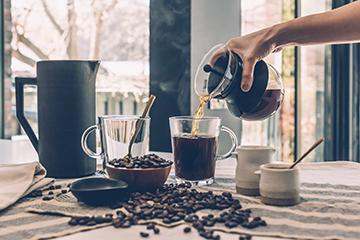
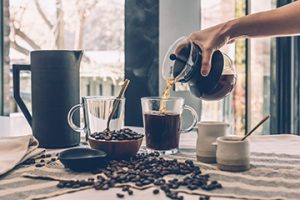 If you love your cup of coffee and drink several throughout the day, you may be a bit concerned whether it’s healthy. You may have had loved ones or even health professionals tell you that caffeine is bad. There are some benefits to getting caffeine naturally. For instance, a cup of coffee or tea before a workout may actually boost your performance. There are also some drawbacks to getting too much caffeine, which can easily happen if you use caffeine tablets.
If you love your cup of coffee and drink several throughout the day, you may be a bit concerned whether it’s healthy. You may have had loved ones or even health professionals tell you that caffeine is bad. There are some benefits to getting caffeine naturally. For instance, a cup of coffee or tea before a workout may actually boost your performance. There are also some drawbacks to getting too much caffeine, which can easily happen if you use caffeine tablets.